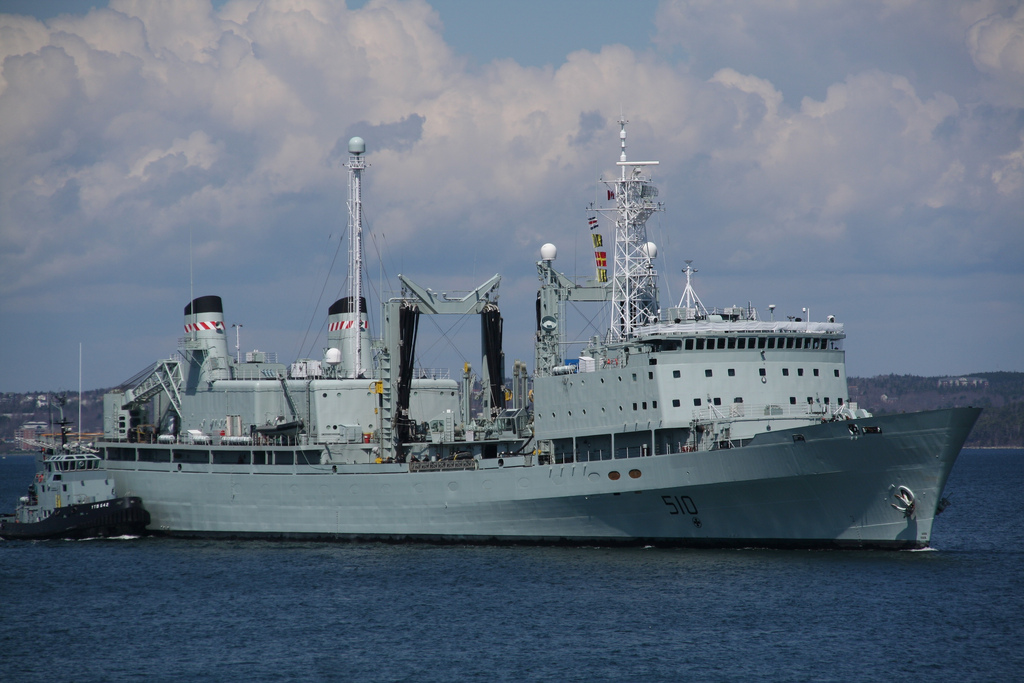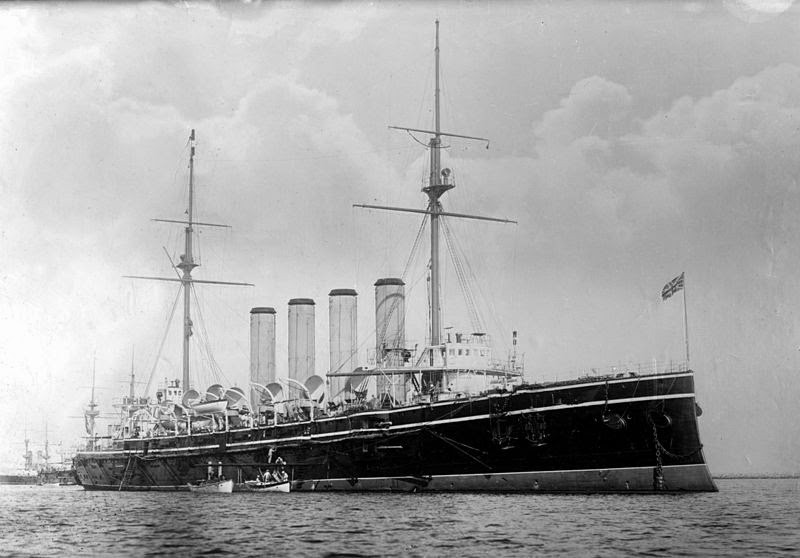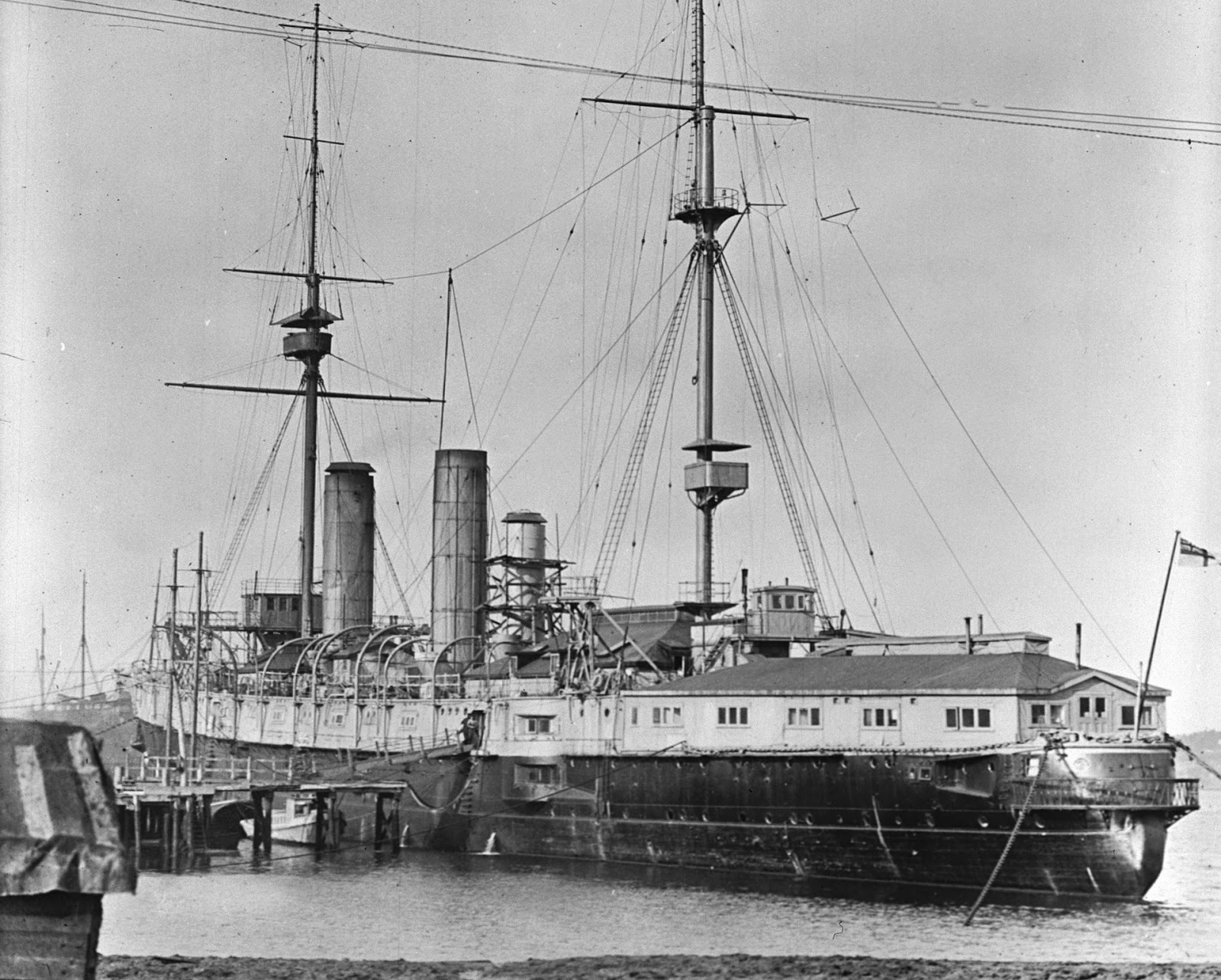Finance minister just announced that Waterfront Development has purchased the Dartmouth Coast Guard Base as the location for an Ocean Technology Hub.
Update: Here is the Press Release
The former Canadian Coast Guard land on the Dartmouth waterfront will be home to an ocean innovation center.
The Waterfront Development Corporation has received approval from the provincial government to purchase the land from the federal government.
The corporation will now work with the provincial government, industry and post-secondary schools to develop the center, where ocean technology research and private sector marine businesses can work together to drive more investment, commercialization, exports and growth.
The annual global market value for ocean-related goods and services is $3 trillion.
“Nova Scotia is home to some of the world’s best ocean technology companies,” said Jim Hanlon, CEO of the Institute for Ocean Research Enterprise. “Providing this new facility as a space for collaboration and waterfront testing will allow those companies to more effectively innovate and compete globally.
“Having this as shared space brings even more value to industry and to the students who will create the next generation of ocean industries.”
More than 200 companies make up Nova Scotia’s ocean science and technology sector. Activity includes science, fisheries, aquaculture, offshore oil and gas, shipbuilding and maritime security.
“The ocean is our competitive advantage,” said Economic and Rural Development and Tourism Minister Michel Samson. “Acquiring the land is a once-in-a-generation opportunity, preserving a key site that will create new markets and opportunities for people in Nova Scotia’s marine and ocean-related sectors.”
Located at 27 Parker St., the property includes buildings, waterfront and over 850 metres of wharf and two 100 metre piers.
The property is a 9.5-acre site plus water lot. The purchase price is $6.5 million.
“Waterfront property holds great strategic value for the province and our economy,” said Colin MacLean, president and CEO, Waterfront Development Corporation. “This purchase creates an exciting opportunity to cluster ocean technology companies with Nova Scotia’s world-class marine research programs, enabling direct ocean access to support their work.”
An ocean innovation action team is in place to guide the vision and strategic direction for the ocean innovation centre.
The centre supports OneNS goals linked to business startups, exports from growth-oriented companies, and research and development partnerships.
Nova Scotia is recognized internationally for ocean research done by Dalhousie University, Nova Scotia Community College, Bedford Institute of Oceanography, Royal Canadian Navy, and a growing sector of export oriented ocean technology companies.
The Canadian Coast Guard now operates from the Bedford Institute of Oceanography.







